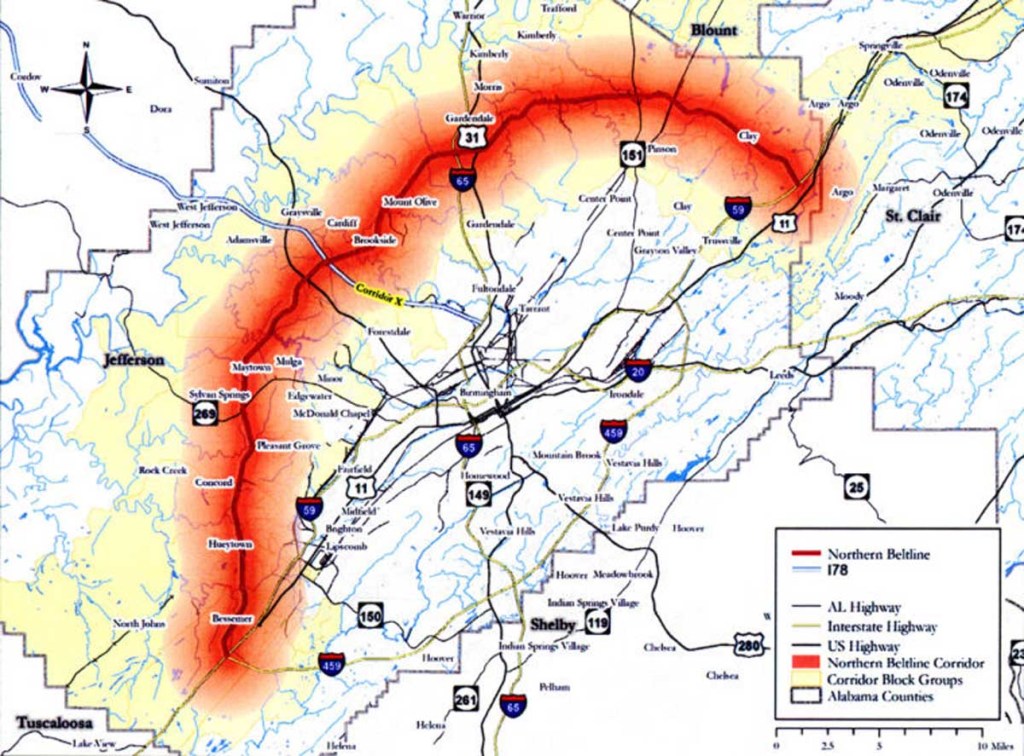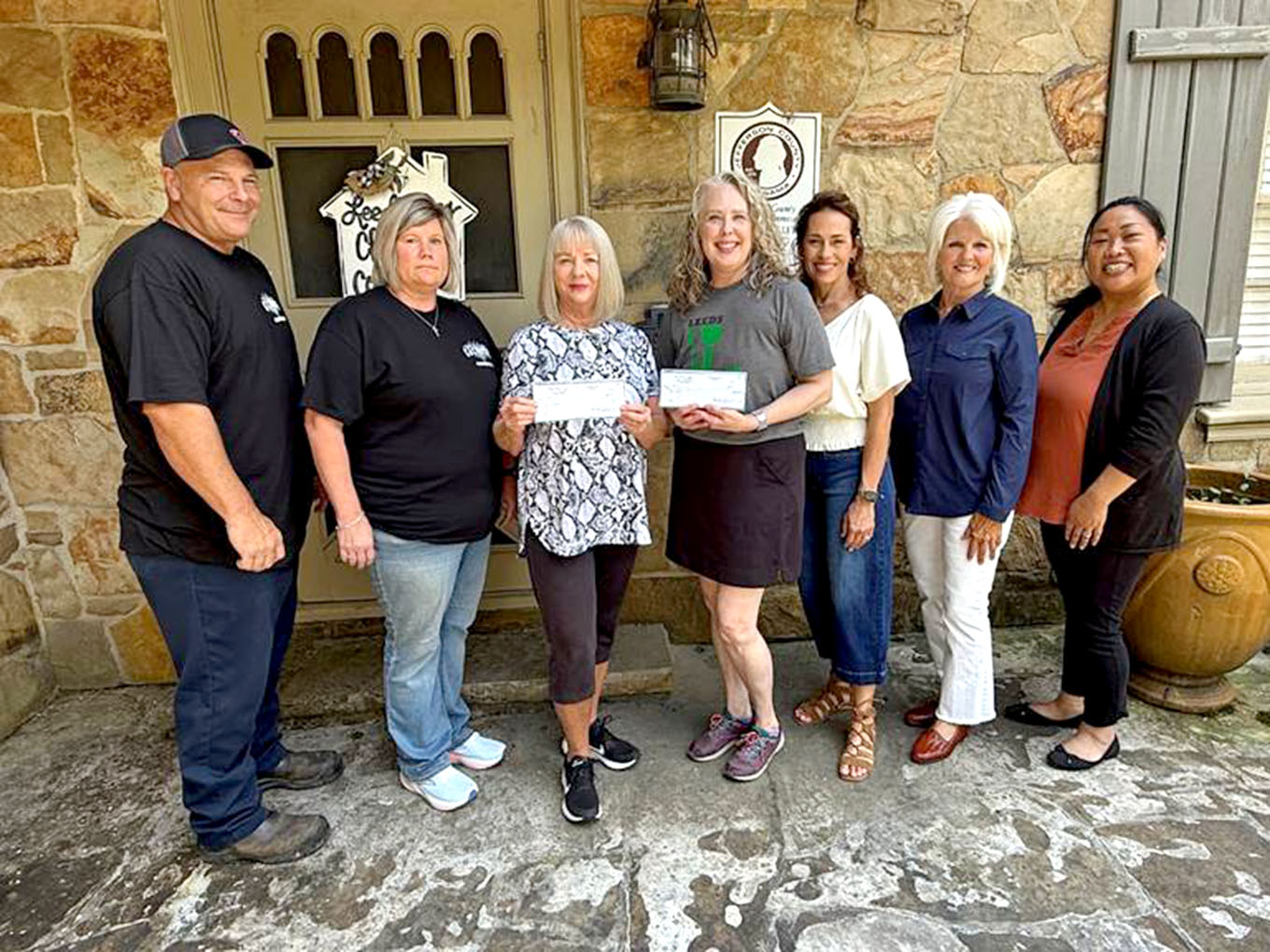What a beltline will mean for the St. Clair area
Published 6:07 am Wednesday, January 5, 2011

- This map, from a study commissioned by the Coalition for Regional Transportation, shows the route and corridor of the long-anticipated Northern Beltline. The 52.5 mile interstate highway will have 15 interchanges beginning at I-20/59 near Bessemer and ending at I-59 between Trussville and Argo.
With construction of the first section of I-422 set to begin next year, three local governments in St. Clair County have pledged support for the $3 billion project.
The St. Clair County Commission and the cities of Argo and Springville have submitted resolutions of support to the Coalition for Regional Transportation, looking to benefit from a portion of the 70,000 new jobs and billions of dollars the project is expected to generate.
Although I-422 – the 52.5-mile Northern Beltline beginning at I-20/59 in southwest Jefferson County – will connect to I-59 north of Trussville just outside St. Clair County, local communities are likely to see noticeable benefits from the project, according to local officials.
“We’ll see some bedroom growth from it in the form of people moving to our area because of construction-related jobs and the businesses that it will eventually bring here,” Argo Mayor Paul Jennings said.
Economic growth of that kind is one of the primary ways St. Clair County will benefit from the Northern Beltline, according to Renee Carter, the CRT’s executive director.
“The single most-asked questions when industry looks to move into a community is, ‘What is your proximity to an interstate?’ This project will offer more transportation options to the companies St. Clair County is trying to bring in, and St. Clair County was one of the very first local government entities in the metro area to give their support to it.”
Construction of the first section of the beltline, between Highways 75 and 79 near Pinson should begin within six months, Carter said. Eighty percent of the total $3.044 billion is federally funded through the Appalachian Regional Commission, with the state providing the remaining 20 percent.
“The money is already there, and it does not take a dime from any local government,” Carter said. “Construction of the Northern Beltline involves no new taxes and no new debt, and the cost benefits will pay back the state’s portion within nine years, but we stand to lose all of it if we don’t move forward. That’s why we really need our local communities to lend their support.”
If the I-422 plans were put on hold indefinitely, it is possible that the federal funding could be directed instead to other transportation projects in other states, and the project has already been a long time coming for Alabama, she added.
“The Northern Beltline was added to Birmingham’s long-range transportation plan 30 years ago. We’ve talked about it for so long, a lot of people think it’s an imaginary thing. But we’re not just talking about it now. The prep work, which is what always takes the longest with any transportation project, is done, and the construction will be the fastest part of it.”
Projections call for the creation of more than 350 new businesses in the six-mile corridor adjacent to the beltline following construction. The post-construction economic impact is projected at more than $2 billion annually, with as many as 20,000 new jobs per year to be created as a direct result of the beltline.
Besides economic benefits, Carter said that the project would reduce traffic congestion, improve road safety, and improve air quality. “The less congestion there is, the less time people are sitting in traffic and less pollution goes into the air. There are also so many other quality of life issues that will be improved, such as access to essential services and job opportunities for low-income groups.”
I-422 is not expected to have an adverse environmental impact on the region, she added.
“The Alabama Department of Transportation’s standards and regulations have never been higher or tighter. I-459 is one of the greenest stretches of roads in the country, and it was constructed when standards were not as high as they are now. They’re even better now. This project will have the least impact environmentally you could ever imagine.”



